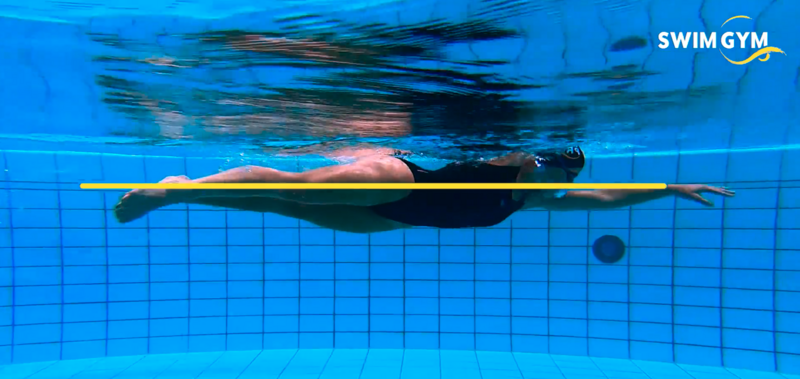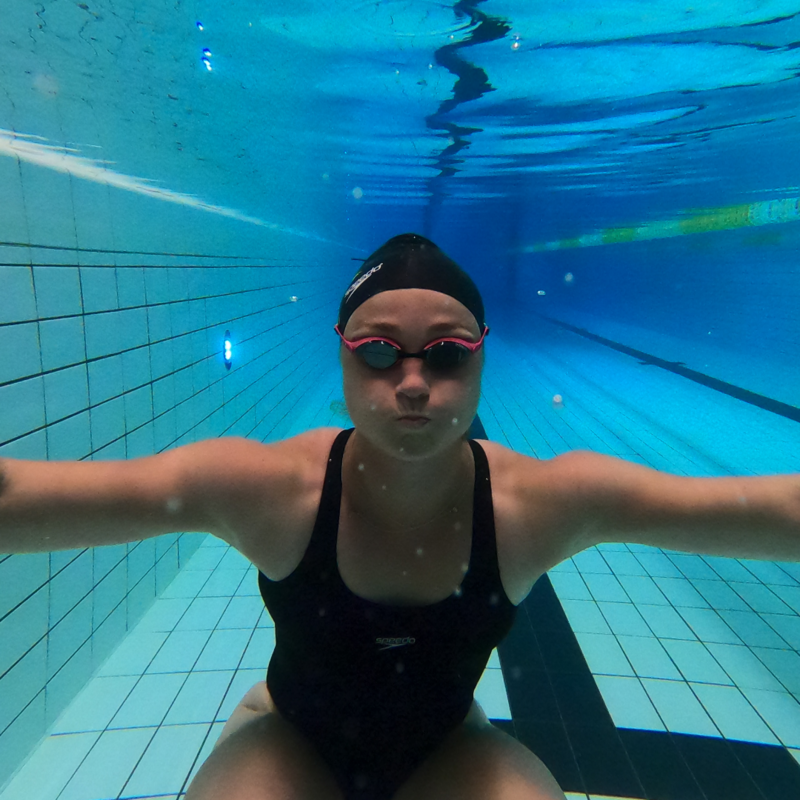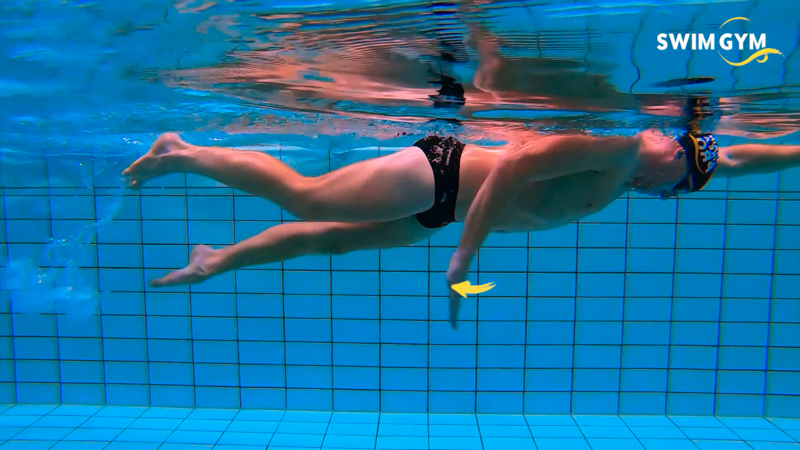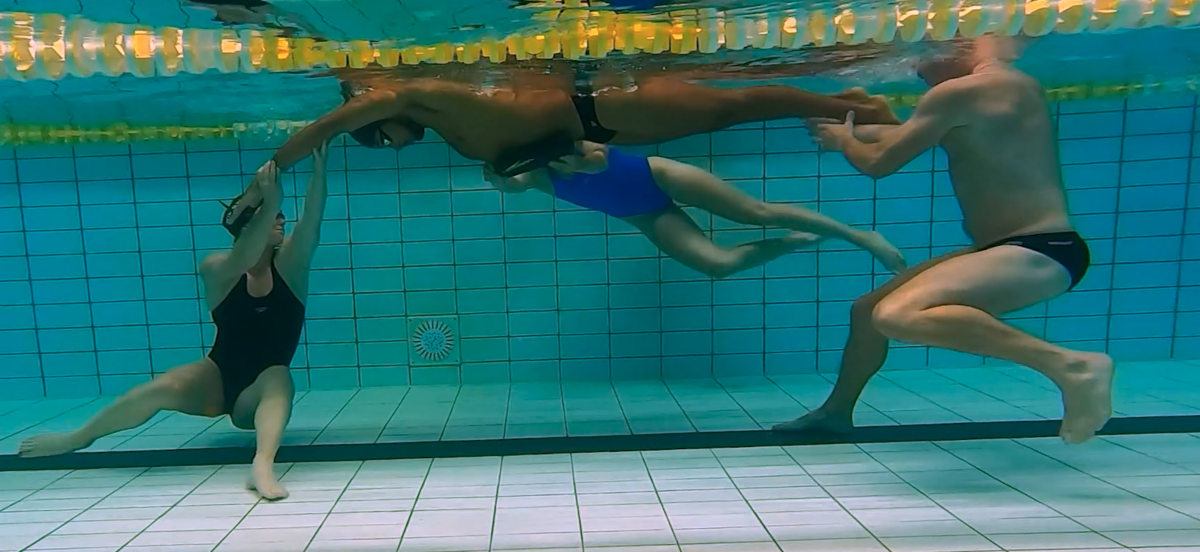Swimming blog - TRAINING Three Quick Fixes That Will Change Your Swimming Instantly
Frustrated with your lack of progress in the pool? Don’t underestimate the power of keeping it simple, stupid. Overthinking can also hurt your swimming. Do you want to improve your swimming in three easy ways? These 3 quick fixes will change your swimming immediately.
Common Mistake 1 - Head position
Your head determines where your body goes. Lifting your head is a very common mistake with novice swimmers, but also for more experienced swimmers. Pick your head up and your legs will sink. Sinking legs drag you down and ruin a flat body position and you don’t want that. Moving your head around too much while breathing could also lead to snaking through the water.
Our quick fix
Don’t move your head. Keep your head still when you swim is our first quick fix. Look down at the bottom and slightly forward. How do you know what your head is doing? Feel it. Use the feedback of your neck and chin. Look too far forward and your neck will be sore. Look too far down and you chin touches your chest; both undesirable. Use the markings on the bottom of the pool to orientate yourself and learn to be more aware in the pool around you, rather than picking up your head to look around or breathe.
The result
A still head will better your body position, stabilise you in the water and help you to breathe more easily. Keep your head still and you move forward in a straight line. This minimizes frontal drag and promotes great body rotation. Lastly, a still head means it's easier to breathe. It allows for a comfortable and simple turn of the head to inhale. This contributes to a more relaxed and pleasant swim.

Common Mistake 2 – Holding your breath
Holding your breath will get the lungs stressed pretty quickly. The longer you hold your breath, the more stressed they become. Add physical exercise into the mix and you can be completely out of breath within 10 meters. It doesn’t mean you aren’t fit; it means you’re not in control of your breathing.
Our quick fix
Breathe out underwater. It will release the stress in your lungs and help you inhale. How much must you breathe out underwater we hear you ask? Good question!
Not all of it, is the short answer. A constant stream is the long answer. A constant stream does not mean all of it. The idea is to dribble out a small but constant amounts of air underwater. It may be difficult to control this while swimming so we recommend singing. Singing is the easiest way to release air from your mouth while swimming in a relaxed and controlled fashion. Your lungs will give you all the feedback you need to tell you if you doing it well.
The result
The lungs will be less stressed. You will feel more comfortable with your face in the water. You will breathe more easily now that you are no longer panic inhaling. You will feel physically more relaxed and be able to swim longer distances instantly.

Common Mistake 3 – Not pushing out
Turning your hands towards your thighs and/or pulling your hand out of the water very early are both common mistakes. The effect is a shorter stroke where in the last part your hands are not pushing the water at all but facing your hips.
Our quick fix
Keep the hand facing backwards and pushing all the way to the end of your arm length is our quick fix number three. This guarantees that we move forward efficiently. How can you guarantee this?
Thumb along thigh. Make sure that the thumb brushes past the top of the thigh where the big bone begins before exiting the water. This guarantees length and direction.
If your thumb is grazing your thigh, it means you are able to feel where your hand is in relation to the length of your body. You should feel the thumb by the hip bone if done correctly.
Furthermore, if the thumb is grazing your thigh it means your hand is facing backwards, there can be no other scenario.
The result
Your push out will be maximized, giving you more power and allowing you to swim further with every stroke. It results in you moving forward in a straight line and more efficiently. This will increase your swim speed. This quick fix will also see your triceps get stronger in a short period of time allowing you to push out properly for longer. It’s a virtuous circle.

These quick fixes will give you immediate control over your freestyle and give you a lot of confidence going forward. Little preparation is needed and they are easy to remember and apply.
Fix it and swim it.
Written by Michael Stolt
